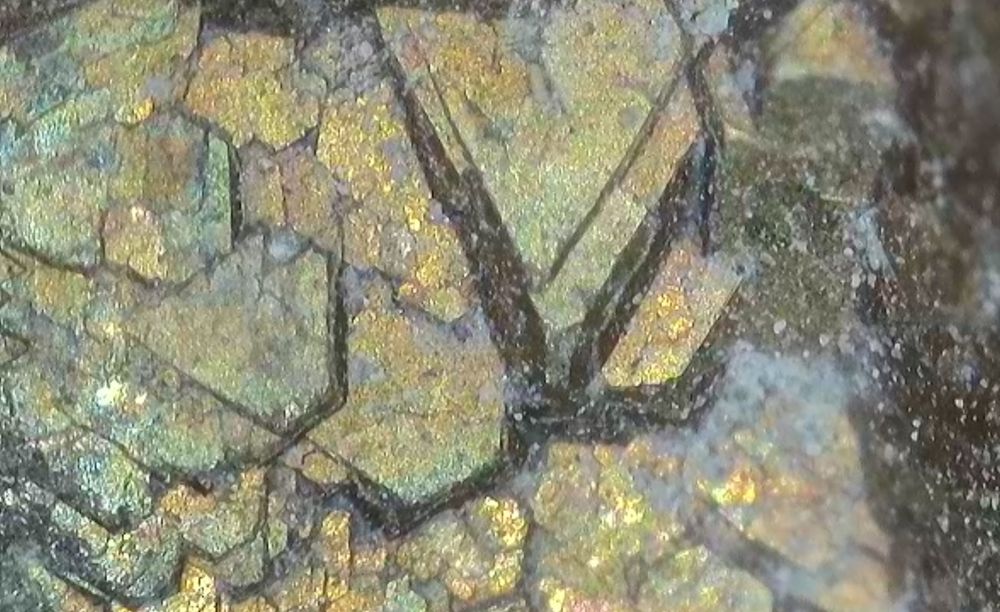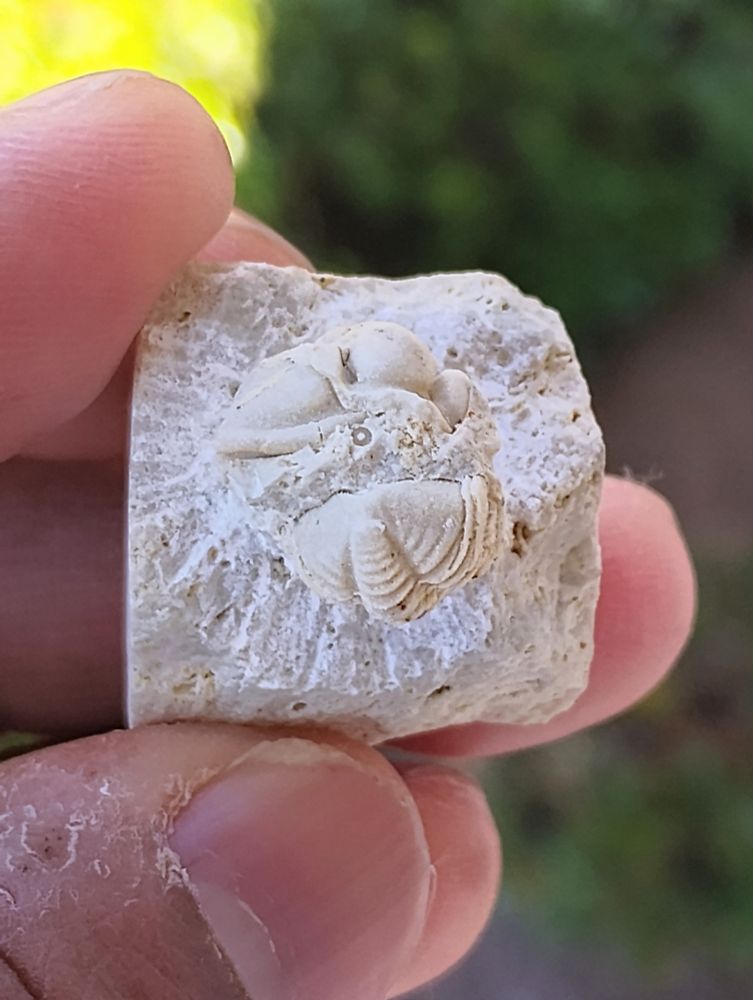
Postdoctoral Researcher at the Yunnan Key Laboratory for Palaeobiology 🇨🇳
Huelva, Andalusia 🇪🇸
Fossilized Ammonite (Bacculites compressus) from the former Western Interior Seaway, which helped form the Pierre Shale formation.

Fossilized Ammonite (Bacculites compressus) from the former Western Interior Seaway, which helped form the Pierre Shale formation.
buff.ly/JNCBVp8

buff.ly/JNCBVp8








doi.org/10.1017/jpa....

doi.org/10.1017/jpa....

Here is part of the body of quite a large trilobite known as Paradoxides spinosus. This specimen comes from the Middle Cambrian (Drumian) Jince Formation from the Czech Republic. Paradoxides is one of the largest trilobites known from the Cambrian period.

Here is part of the body of quite a large trilobite known as Paradoxides spinosus. This specimen comes from the Middle Cambrian (Drumian) Jince Formation from the Czech Republic. Paradoxides is one of the largest trilobites known from the Cambrian period.

We live on such a wonderful planet 🌍

We live on such a wonderful planet 🌍
doi.org/10.1017/jpa....

doi.org/10.1017/jpa....
#naturalhistory #sciart #chromolithography
#minerals #mineralogy

#naturalhistory #sciart #chromolithography
#minerals #mineralogy
This is an Isotelus roller I found at Flat Run quarry near Mt. Orab, Ohio. I exposed most of the body and the genal (cheek) spine.
I can feel my back loosen up and stress melt away.


This is an Isotelus roller I found at Flat Run quarry near Mt. Orab, Ohio. I exposed most of the body and the genal (cheek) spine.
I can feel my back loosen up and stress melt away.
openpalaeo.org
@openpalaeo.bsky.social


openpalaeo.org
@openpalaeo.bsky.social

Here is a beautifully enrolled Dolomitized Calymene celebra from the Silurian (Wenlock) Joliet Dolomite from Grafton, Illinois.


Here is a beautifully enrolled Dolomitized Calymene celebra from the Silurian (Wenlock) Joliet Dolomite from Grafton, Illinois.
This is a Triarthrus eatoni from the famous Ordovician Beecher's Bed of New York. This site preserves soft tissues like legs, gills and antennae with pyrite or fool's gold.
#TrilobiteTuesday


This is a Triarthrus eatoni from the famous Ordovician Beecher's Bed of New York. This site preserves soft tissues like legs, gills and antennae with pyrite or fool's gold.
#TrilobiteTuesday
doi.org/10.1098/rspb...

doi.org/10.1098/rspb...
almuzaralibros.com/fichalibro.p...

almuzaralibros.com/fichalibro.p...

#FossilFriday #FractofususFriday


#FossilFriday #FractofususFriday

